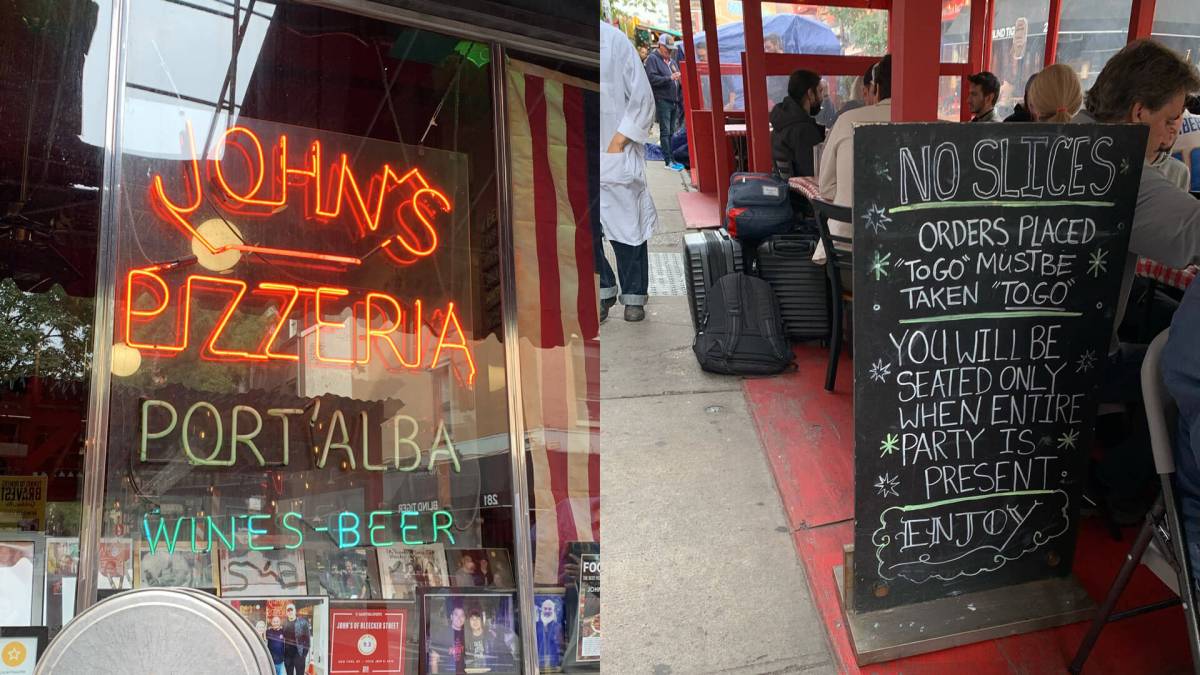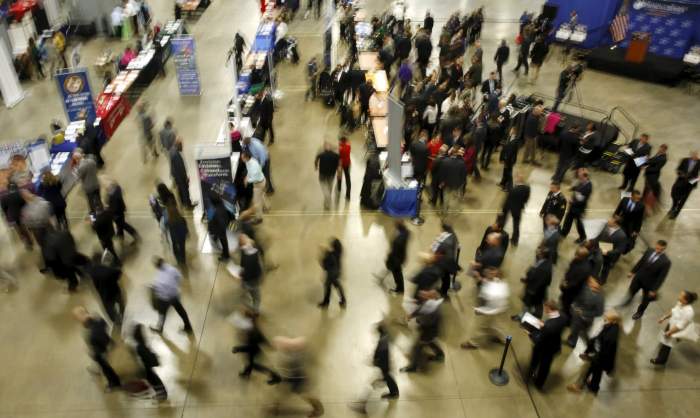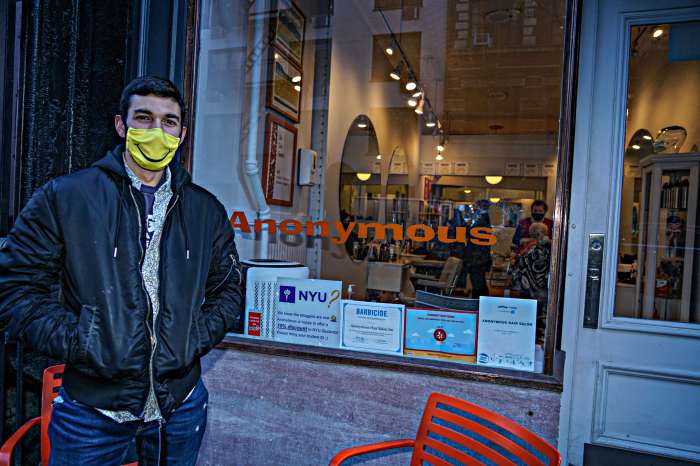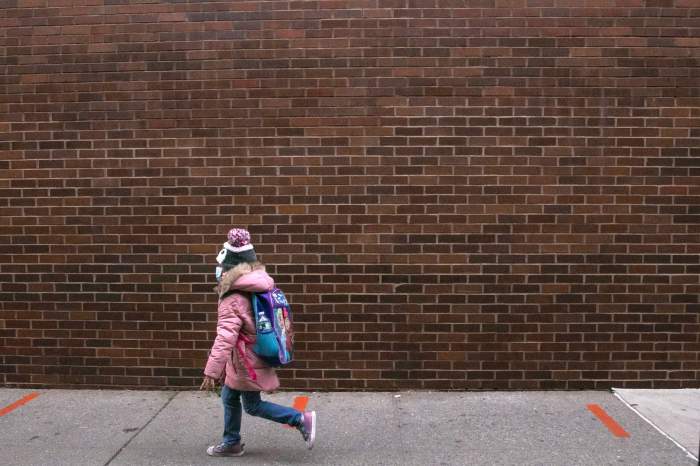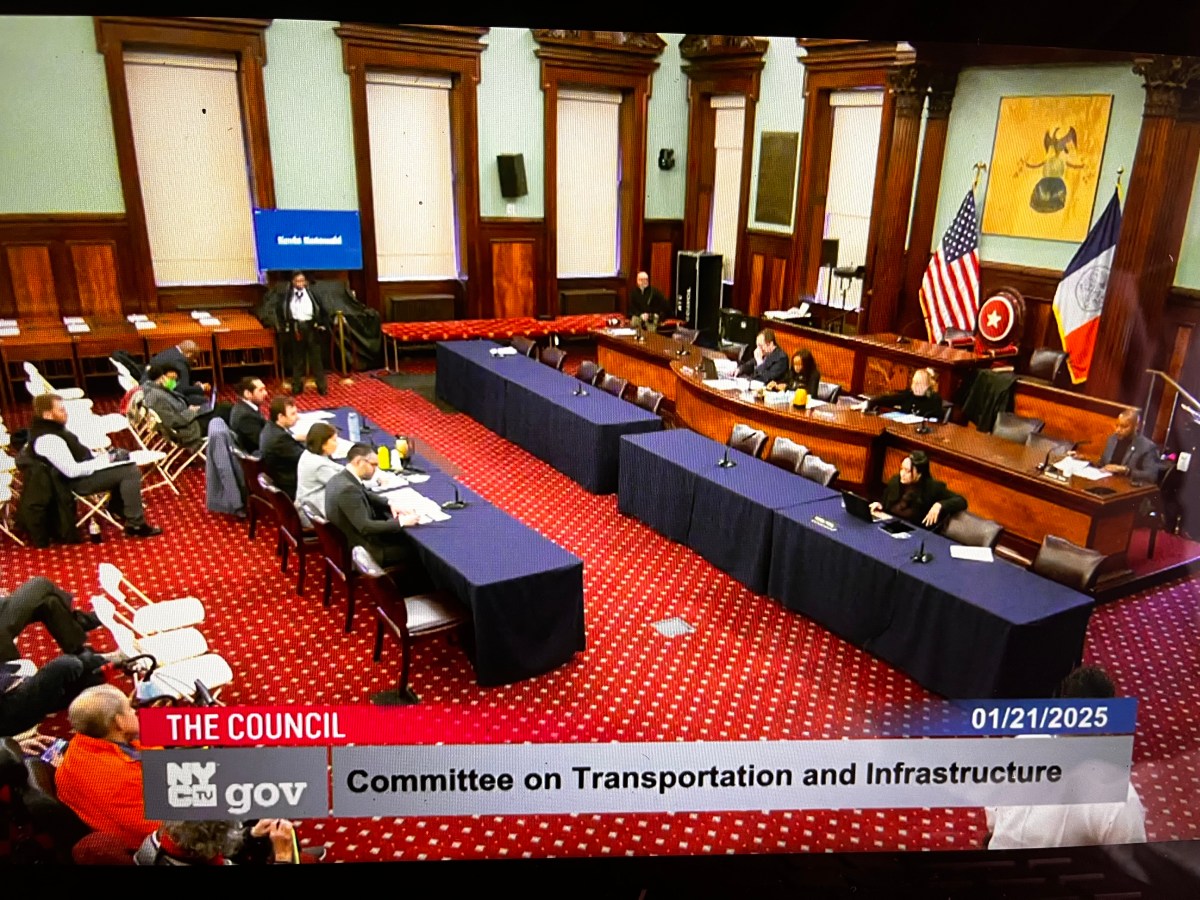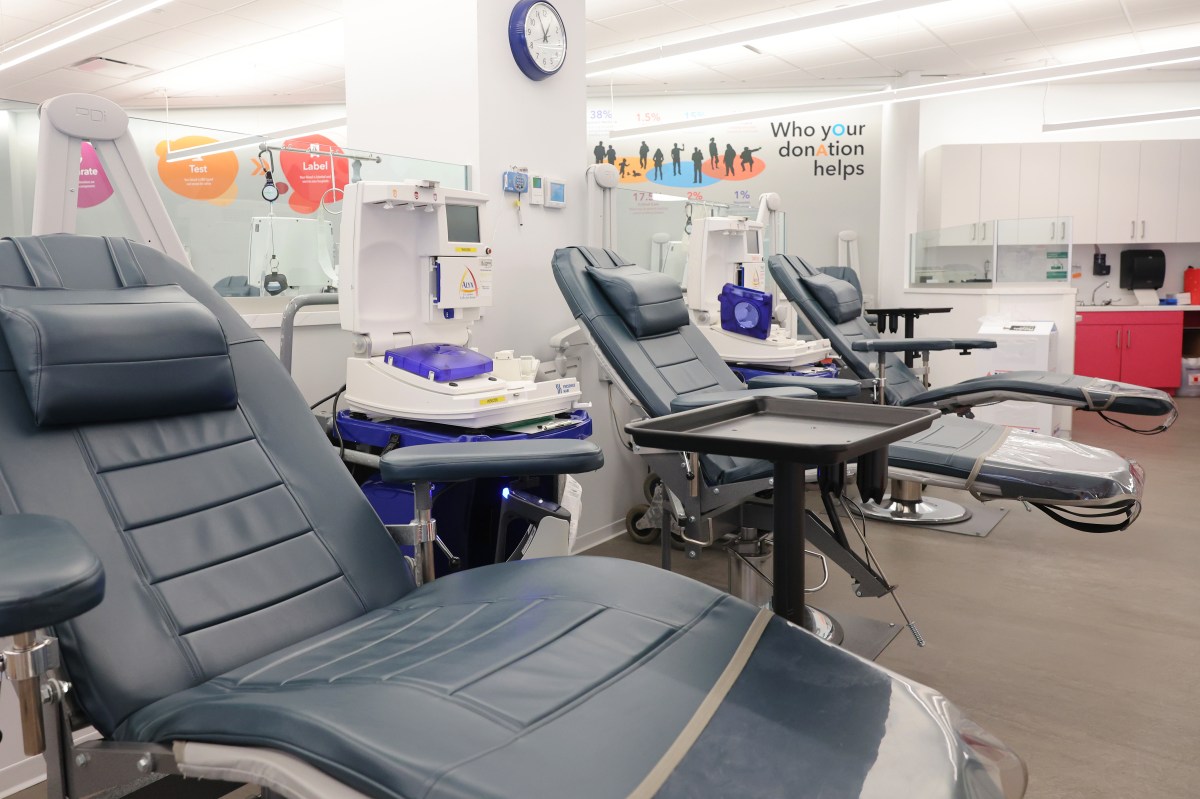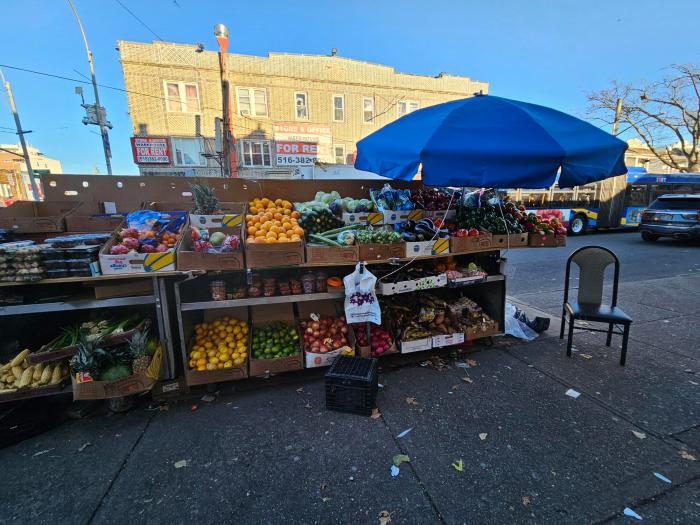Pizza is NYC’s most communal meal; nothing brings people together like sloppily tearing apart a warm pie along a West Village side street at 1 am. It’s an I Moved To NYC rite of passage.
It’s also the city’s most competitive meal– meaning, you can (and will) get questioned, kindly but secretly judgmentally, about said pizza. Before you can answer a suspecting interrogation, just know you’re wrong and they’re right. When I moved to the West Village, John and Joe became more than names, but rather conversation starters (or enders), and the “right,” “wrong,” and “shameful” ways to eat (and fold) a slice of pizza became second hand.
But enter a global pandemic, condensing communities and eliminating opportunities for drunken escapades and communal meals. With COVID-19 ravaging the restaurant industry, how did the meal that we turned to during the pandemic survive the pandemic itself? John’s of Bleecker Street Pizzeria, struggling to adapt to an empty restaurant, made staff cuts and installed plexiglas between tables. Unregular Pizza, whose brick-and-mortar store opened in March, hired more employees and reached more customers than ever before.
A Brief Pizza History
Scott Weiner knows everything about pizza– and he loves to spread this knowledge– which he is able to do multiple times a week. The “pizza detective” has run “Scott’s Pizza Tours” since 2008.
“East Harlem became the first section for Southern Italians, which they called Little Italy… Mulberry Street became the ‘Italian colony’… that’s why downtown is the spot,” Weiner explains to me in the John’s dining room, simultaneously preparing booklets for his 11:30 tour.
“Do you want to see the files?” Weiner asks me, referring to the documents ranging from marriage records and business agreements, to censuses and phone book pages. I think my answer was implied, as Weiner, head-to-toe (mask included) in pizza merch, hurried to retrieve a binder: “John’s of Bleecker Street History.”
Here are the cliff notes of Weiner’s research: In 1915, Filippo Malone of Naples opened Pizzeria Port’alba on Sullivan Street, named after the Italian pizzeria he worked in– which happens to be the oldest in the world. John Sasso comes along, marries Malone’s niece, and becomes a business partner in 1925. Sasso sold the business to the Vesce brothers in 1954, and in 1984, the Vesce family passed it on to manager Peter Castellotti Sr. His son, Peter Castellotti Jr., still owns the business.
John’s: Where Tradition Triumphs
“Nothing has really changed,” manager David Frank tells me. Unlike its complex history, John’s menu is simple, succinct and, for the most part, stationary. The restaurant still uses Sasso’s original recipe and coal-firing technique. The sauce still goes over the cheese. And still, no slices are allowed. Most employees have worked there for over 30 years. Frank describes it as a “continuous line”: all of the chefs learned directly from their chef-predecessors. “It’s pretty simple. We don’t do anything extravagant,” Frank explains, stating the only major changes have been in dish presentation…
Until COVID-19 poisoned Johns’ ritualistic, communal allure. Following dining restrictions, John’s transitioned to delivery-only; for the first time since 1938, John’s was empty. Not only was John’s stripped of its community of beloved customers, but the staff, or as Frank calls, “family,” began dwindling down as well. “It was tough making rent… we cut down to the minimum,” Frank recalls. Initially, “outdoor seating” was just a few tables out front, but thanks to considerate neighbors, John’s was able to build an extended structure.
An eight-slice pie ranges from $22 for a traditional pie (“The Sasso”) to $48 for “The Fifty,” Johns’ most elaborate pie that consists of meatballs, pepperoni, sausage, mushrooms, peppers and olives. This is as elaborate as it gets, with a strict “no substitutions” rule and standard toppings; “the worst is when customers ask for ranch… John’s will never have ranch,” Frank says.
Johns’ indoor dining room is open again and, just like pre-pandemic times, there is often a line of eager customers and seldom an empty seat. But it still doesn’t feel the same; plexiglas posts physically divide the John’s devoted customers from the staff and each other. “It’s more than just a physical divide… There is a psychological divide. You feel less connected to people.”
‘Unregular’ Timing for Unregular Pizza
In 2008, Gabriele Lamonaca moved to NYC from his hometown of Rome, where he attended St. Francis College and studied chemistry; he wanted to be a doctor. He now owns Unregular Pizza. Lamonaca is used to taking an unregular path. The pandemic was the perfect unregular path.
Lamonaca has worked in restaurants throughout the city, yet the most pivotal moment for the chef was getting laid off mid-pandemic. Lamonica could focus on his lifelong goal: to open a restaurant. He wanted to bring Roman-style pizza to NYC; the dough takes 72 hours to level, making the pizza light and easily digestible.
He spent his time at home experimenting with new recipes. In March 2020, his girlfriend and head of marketing, Paola Sinisgalli, launched an Instagram for Lamonaca’s “experiments”, calling it “Unregular Pizza.” The name draws focus to the variety of creations and toppings such as pistachio ricotta and fried chicken. Every slice, averaging between six and seven dollars, is customizable.
“We were looking for a place to open before the pandemic and the deal didn’t go through… then the pandemic came and we thought ‘now it’s really the worst timing’… but it was a blessing,” Sinisgalli tells me. Unregular Pizza quickly gained traction on social media, as the couple’s friends began reaching out to request pies. “But we didn’t want to charge them!” Sinisgalli explains; it was out of this dilemma that the barter system was born.
The first official “barter” occurred in May 2020. With no brick-and-mortar store, Lamonaca was cooking from his own kitchen. “Everyone was cooking new things then, so I asked friends to give me something they made in return,” Lamonaca tells me, as a line of customers grows behind him. Lamonaca and Sinisgallii biked to Harlem to deliver their friend pizzas, and in return, she sent cocktails.
Initially, the couple bartered solely with people they knew, receiving dishes ranging from homemade Italian pastas to Asian-style fried chicken. Sinisgalli explains that the bartering system is not an entirely modern concept, but is one with historical roots. “I was reading a book that my dad wrote during the pandemic about my grandfather in southern Italy… and instead of accepting money for food, they would accept eggs, chickens, or sausage.” Lamonaca experimented with recipes based on consumer feedback, and eventually solidified a rather extensive menu, featuring their signature “Burrapizza”: a slice of pizza with a full burrata on top.
In September 2020, Unregular Pizza finally had a home that wasn’t Lamonaca’s: 135 4th Ave. “It was a dream location… it would have never been possible without the pandemic,” Sinisgalli reflects.
December 2020 marked the first barter-to-a-stranger. Sinisgalli describes what followed to be a “media storm, and towards the end of 2020, Unregular Pizza began approaching coveted “virality.” Barters not only expanded beyond the couple’s personal network, but also beyond just food items. Offers ranged from electric toothbrushes and eclectic pottery, to hotel stays, horseback riding lessons, and eventually, a billboard in Times Square. “People started to offer what they were good at… they could show off their talent… it was special,” Lamonaca explains.
In such isolated times, Unregular Pizza was able to create community. “You weren’t just exchanging items… you were exchanging value,” Sinisgalli clarifies. Not only were personal relationships fostered between humans, but professional relationships between small businesses owners.
May 18, 2021, almost a year after their first barter, Unregular Pizza opened their doors in Union Square. When you walk in, the pizza is to your right and a counter to enjoy said pizza to your left. But you are immediately drawn not to the pizza, but to the wall adjacent to the door, filled with photos and trinkets. Lamonaca and I spent fifteen minutes looking at the wall as he showed me clay pots and painted pasta structures, narrating the story behind each fascinating barter.
What Now?
Though the plight of the pandemic remains uncertain, both John’s and Unregular Pizza continue to connect New Yorkers over their most favorite meal.
During the pandemic, John’s was able to strengthen our pre-existing communities through its reliable, traditional pizzas. I spoke to customers outside the restaurant and they praised John’s for “helping [them] through the pandemic,” citing ordering take-out from John’s with family as a highlight of such a dark time. Now back to a full capacity dining room and their typical “family” of staff, John’s is becoming the pre-pandemic John’s we all knew and loved. David waits for the day the plexiglas can be taken down.
Unregular Pizza turned a time of isolation into one of connection, bringing together people from all professions and boroughs through the city’s most beloved dish. Unregular Pizza continues to barter with customers through social media as their popularity grows nationwide.
As I wrapped up my conversation with Weiner, he handed me a flyer for a charity event: Pizza on the Pier. “There will be a ton of pizzeria’s there… Unregular will be there, but John’s won’t because it’s a Sunday.” Maybe the pizza community is back to normal.



